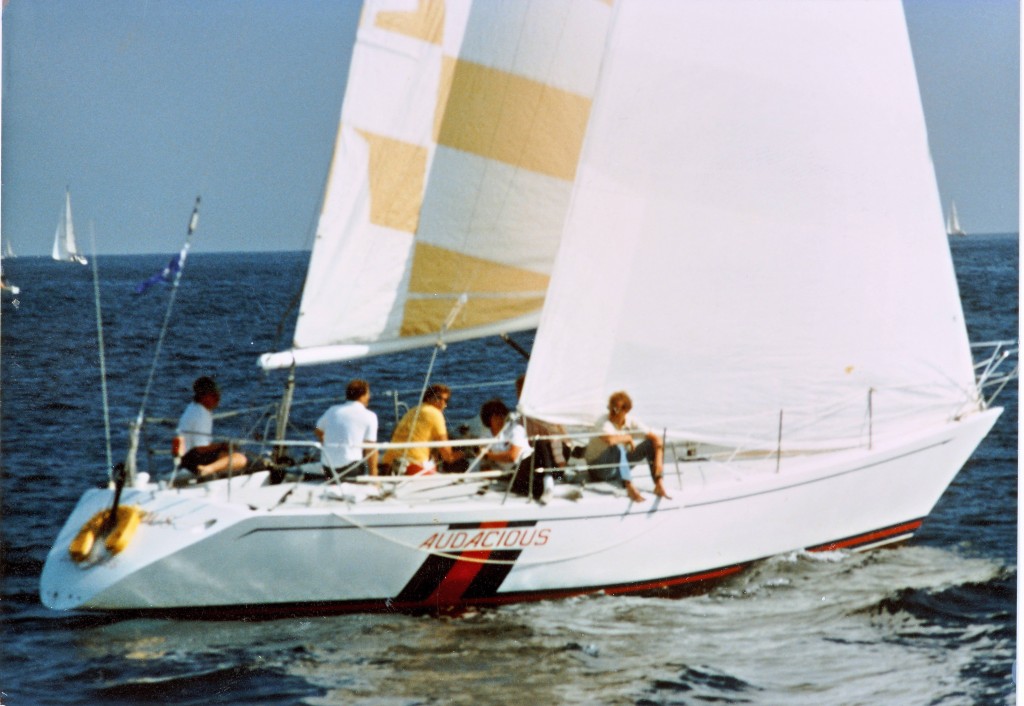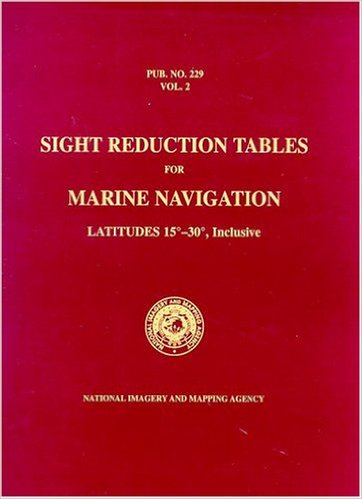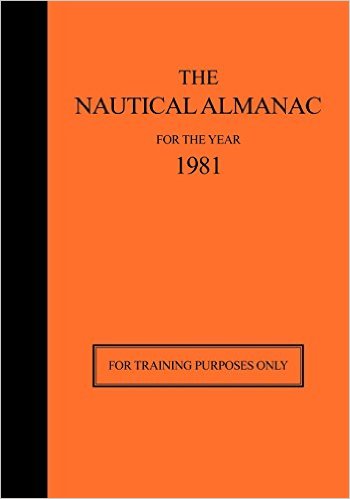It’s now required for publicly-traded companies to publish the ratio between the CEO’s annual compensation and that of the median employee. That ratio is, for example, 367:1 at Disney (Robert Iger), 124:1 at Deere & Co (Samuel Allen), and 50:1 for Whirlpool (Jeff Fettig). Link
These numbers (which, it should be clarified, include seasonal and part-time employees) have caused much alarm in many quarters, and even referred to as heralding a “crisis of capitalism.”
But why stop at CEOs and other business executives when requiring this kind of analysis? My idea is that there are many other fields in which high-visibility disclosures could be interestingly required…
In movies, for example, it should be required that the opening credits include the ratio of the pay of each of the top 5 stars to the median pay of the entire crew that worked on the film–including accounting clerks, boom operators, sweepers, and various ‘assistants to’.
In professional sports, team uniforms should display prominently the total value of the player’s current contract. This feature would greatly add to the pleasure of fans, who could instantly and continuously compare the player’s financial value to his demonstrated, moment-by-moment playing-field value.
At colleges and universities, a sign out front of the president’s mansion should display the ratio of his compensation to that of the median faculty member, which category of course must include the starvation-paid adjunct professors. (The compensation number for the president should certainly include the imputed value of his university-provided mansion and any other similar benefits, such as cars and drivers.)
For politicians, the disclosure problem is a little more complicated, since in many cases the main financial payoff for these jobs is in the form of “deferred compensation”, i.e., lobbying positions and consulting contracts offered after the term of office ends, in recognition of services rendered while in office. About all I can think of for the politician class is that, for all public appearances, they must wear jackets, with the names of their top sponsoring/contributing organizations prominently emblazoned, in a manner similar to the way racecar drivers display the names of their sponsors.
There are probably a lot of additional possibilities for disclosure and transparency, which the ChicagoBoyz and Chicago Grrrlz and Readerz can surely suggest.
Concerning those who support the CEO pay-ratio requirement but would object to these further suggestions…I have to wonder if their primary agenda really concerns ‘inequality’ or is really about something else.


